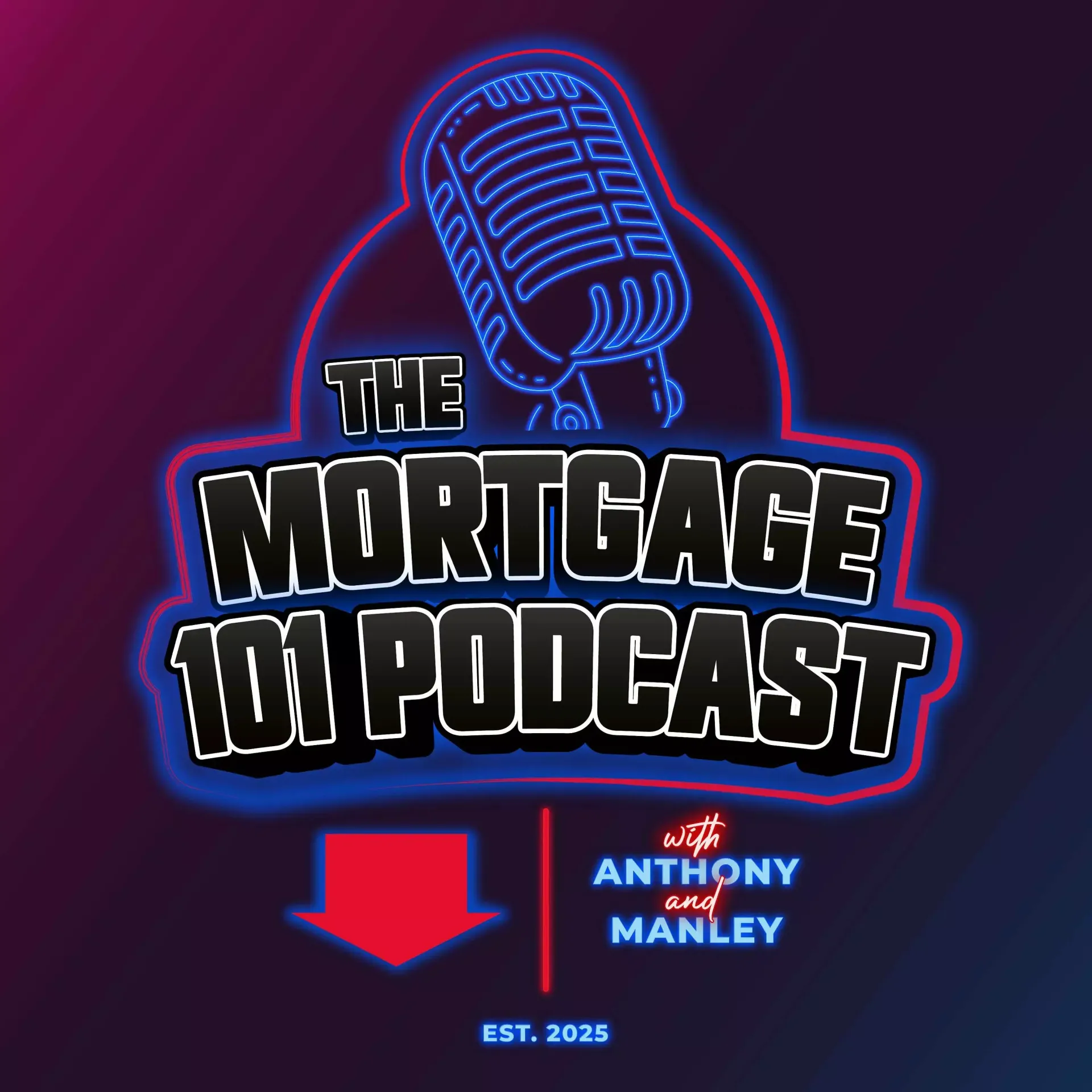Mortgage 101 Podcast: Episode 7 - The Great American Financial Circus
In Episode 7 of the Mortgage 101 Podcast, hosts Anthony and Manley unravel the complexities of the 2025 housing market, likened to a financial circus. They discuss the risks of privatizing Fannie Mae and Freddie Mac, the shift from quantitative easing (QE) to quantitative tightening (QT), and the impact of tariffs on home costs. The episode features a rapid-fire buzzword segment covering terms like pre-qualification, power bid, and title insurance. Learn how to navigate high rates, understand market risks, and make informed homebuying decisions.
Listen to the full episode: https://youtu.be/ufx5C2WTzLg
[00:18] Welcome to Mortgage 101: Episode 7
Manley: Welcome to Episode 7 of the Mortgage 101 Podcast! I’m Manley in Wisconsin with producer Kevin Hansen. Anthony, what’s the scene in Hawaii?
Anthony: Aloha, Manley! We’re stepping into the great American financial circus—where the Fed, Wall Street, and homebuyers balance on a tightrope. Let’s pull back the curtain!
Manley: Today, we’re tackling Fannie and Freddie privatization, the end of quantitative easing, tariffs, and American manufacturing’s role. Plus, Kevin’s rapid-fire buzzwords.
[01:55] Risks of Privatizing Fannie Mae and Freddie Mac
Why is privatizing Fannie and Freddie risky?
Anthony: Since the 2008 crisis, Fannie and Freddie have been under government conservatorship, generating $300 billion for the U.S. treasury. Privatization shifts this to Wall Street, leading to higher rates, tighter loan access, more fees, and less transparency.
Manley: Without government backing, risk increases, raising rates and reducing affordability. It benefits billionaires and hedge funds, not homebuyers or the government’s debt reduction efforts.
[05:22] Quantitative Easing vs. Quantitative Tightening
Will we see quantitative easing again soon?
Anthony: Quantitative easing (QE) involves printing money to buy mortgage-backed securities, lowering rates, as seen during COVID. Now, we’re in quantitative tightening (QT), selling $1.4 trillion in bonds to reduce debt, keeping rates high at 6.5–7%.
Manley: QE is unlikely in the next 12–24 months due to inflation concerns. Rates may grind down to the mid-6s if the Fed cuts the prime rate, but expect volatility without a major stock market correction.
[10:25] Impact of Tariffs on Home Costs
How do tariffs affect homebuyers?
Anthony: Tariffs on Chinese imports (steel, lumber, appliances) raise construction costs, directly passed to buyers. This increases home prices instantly, adding uncertainty that markets price defensively.
Manley: Despite a 90-day tariff referendum, costs remain sticky. Balancing tariffs to bring jobs back to the U.S. is a long-term goal, but short-term, it squeezes affordability.
[13:50] American Manufacturing and Housing
Can American manufacturing stabilize housing?
Anthony: Reviving U.S. manufacturing could create jobs and reduce reliance on imports, potentially easing construction costs long-term. However, current trade policies keep input costs high, regardless of demand.
Manley: Tariffs are a strategic move to bring jobs back, but it’s a slow process. Homebuyers face elevated costs until trade policies stabilize.
[15:01] Rapid-Fire Buzzword Segment
What mortgage terms should buyers know?
Kevin: Here are eight terms every buyer needs to know. Keep answers concise!
Pre-Qualification vs. Pre-Approval (Manley)
Manley: Pre-qualification is a quick estimate based on stated income and credit; pre-approval verifies income, assets, and credit for a vetted, reliable offer.
Anthony: Pre-qual is a napkin calculation; pre-approval is fully vetted, one step from a power bid.
Power Bid (Anthony)
Anthony: Power Bid is Rate’s fully underwritten approval before an offer, competing with cash buyers by waiving financing contingencies, closing in as little as 7 days.
Manley: Only needs an accepted offer and appraisal (or waiver) to close fast.
Loan Estimate (Manley)
Manley: A detailed breakdown of your payment (principal, interest, taxes, insurance) and fees (lender, third-party, prorations) to know costs upfront.
Anthony: Ensures transparency so you’re confident before house hunting.
Debt-to-Income Ratio (Manley)
Manley: Debt divided by income, ideally below 48–49% for conventional loans, higher for FHA/VA, determining loan eligibility.
Anthony: Keep debt stable during approval to maintain your DTI.
Rate Buy-Down (Anthony)
Anthony: Permanent buy-downs cost upfront to lower rates; temporary buy-downs (e.g., 4.25% Year 1, 5.25% Year 2) save money upfront with seller funds.
Manley: Temporary buy-downs apply unused funds to principal if you refinance early
.
Escrow (Manley)
Manley: Escrow holds monthly payments for taxes and insurance, divided by 12, to ensure timely payment and mitigate lender risk.
Anthony: Optional above 20% down, but non-escrowed loans may raise rates by 0.125–0.25%.
Private Mortgage Insurance (PMI) (Anthony)
Anthony: PMI allows <20% down payments, costing $50–$600/month based on FICO and down payment, enabling homeownership with less cash.
Manley: With appreciation, PMI can be removed quickly, making it a smart short-term cost.
Title Insurance (Manley)
Manley: Protects buyers and lenders from unknown liens or title issues, ensuring clear ownership via thorough searches.
Anthony: Like car insurance, it mitigates big risks for a small fee, saving you from costly legal battles.
[45:40] Recession Probability in 2025
What’s the likelihood of a recession?
Anthony: It’s a 50/50 coin toss due to variables like privatization, tariffs, and QT. Recessions are cyclical—don’t let fear paralyze you.
Manley: Focus on the present: homeownership offers control over your dwelling, tax benefits, and appreciation, unlike renting.
[48:56] Closing Thoughts
Anthony: Don’t wait for a perfect market—educate yourself, work with trusted lenders and realtors, and act now to secure your home.
Manley: The financial circus is complex, but knowledge is your safety net. Wall Street and the Fed have protections; buyers need education to balance the tightrope.
Anthony: Shout-out to Monique Buchanan in Nevada for her stellar realtor work on appraisal gaps!
Manley: Subscribe, share, and DM us your questions. Find us on YouTube, Spotify, Instagram, and Facebook. Next week, we’ll explore if 2025 is a buyer’s market or a sleight-of-hand illusion.
FAQ
Why is privatizing Fannie and Freddie a bad idea?
It shifts $300 billion in revenue to Wall Street, raising rates, fees, and loan restrictions while reducing transparency and government backing.
How do tariffs increase home prices?
Tariffs on imports like steel and lumber raise construction costs, instantly passed to buyers, keeping home prices high despite demand shifts.
What’s the difference between pre-qualification and pre-approval?
Pre-qualification is a quick estimate; pre-approval verifies income, assets, and credit, ensuring a stronger offer.

